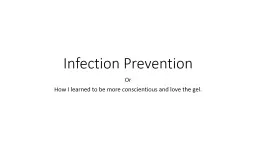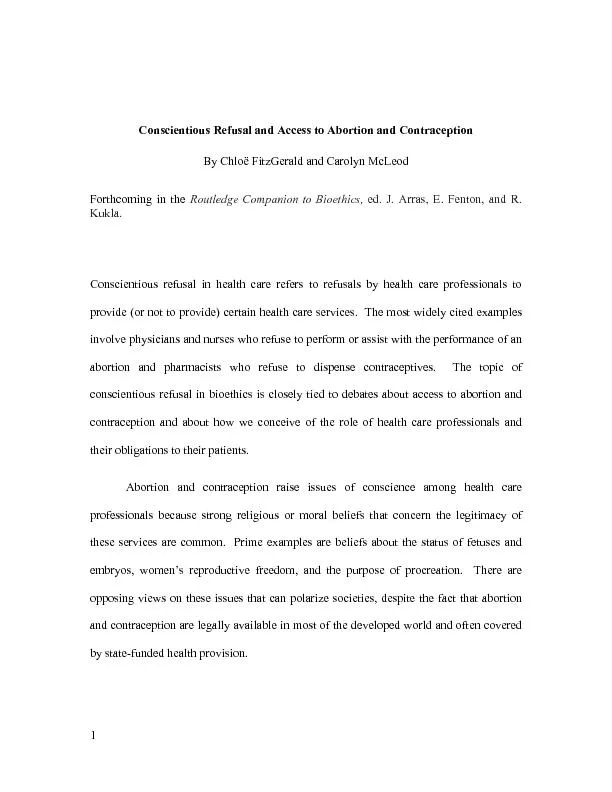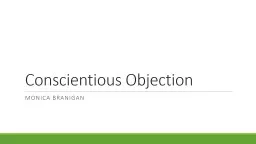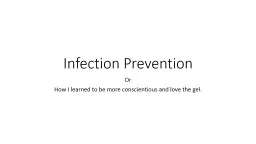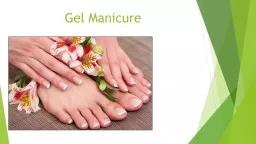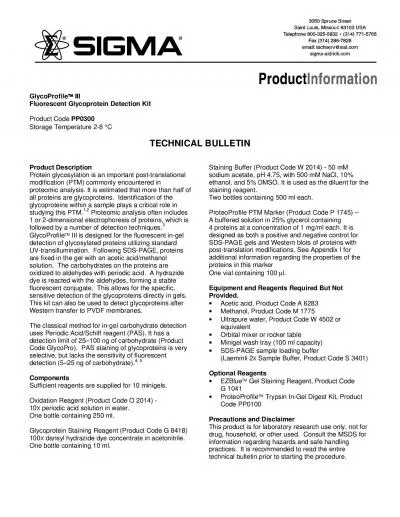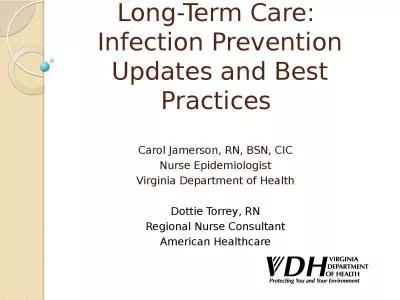PPT-Infection Prevention Or How I learned to be more conscientious and love the gel.
Author : conchita-marotz | Published Date : 2018-02-20
What do we do Monitor Hand Hygiene compliance Monitor equipment cleaning Provide education to staff and visitors Orientation in service newsletter display case blog
Presentation Embed Code
Download Presentation
Download Presentation The PPT/PDF document "Infection Prevention Or How I learned to..." is the property of its rightful owner. Permission is granted to download and print the materials on this website for personal, non-commercial use only, and to display it on your personal computer provided you do not modify the materials and that you retain all copyright notices contained in the materials. By downloading content from our website, you accept the terms of this agreement.
Infection Prevention Or How I learned to be more conscientious and love the gel.: Transcript
Download Rules Of Document
"Infection Prevention Or How I learned to be more conscientious and love the gel."The content belongs to its owner. You may download and print it for personal use, without modification, and keep all copyright notices. By downloading, you agree to these terms.
Related Documents

